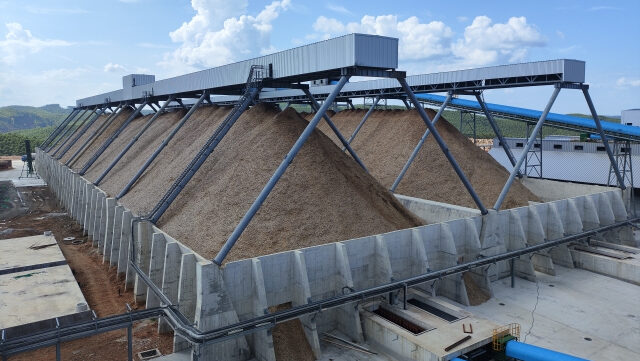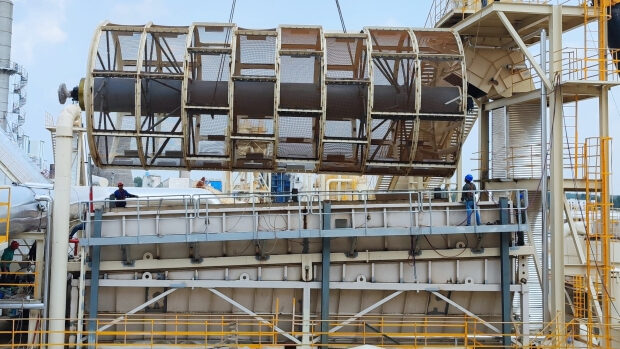CHIP WASHING + WATER CIRCULATION SYSTEM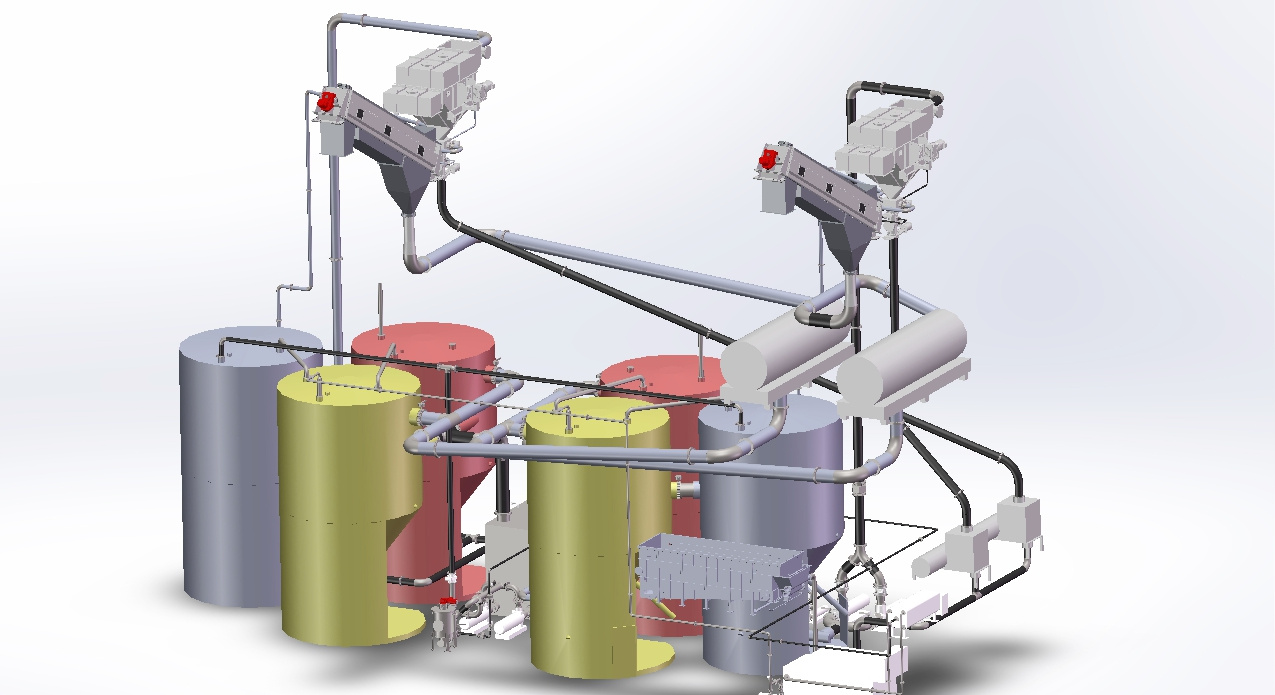
Chip Washer ( Chip Washing & Water Circulation System )
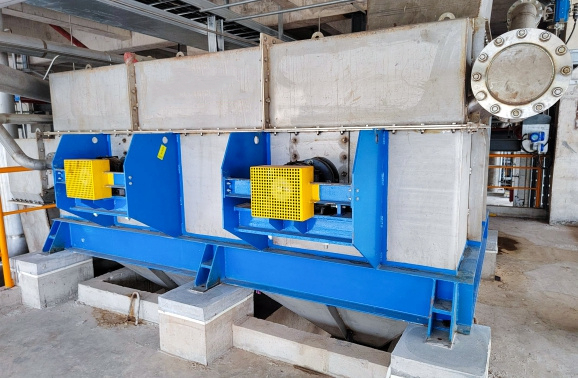
Dewatering Screw
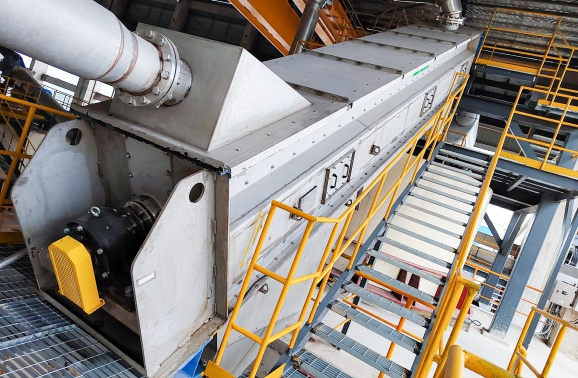
Dewatering Screw
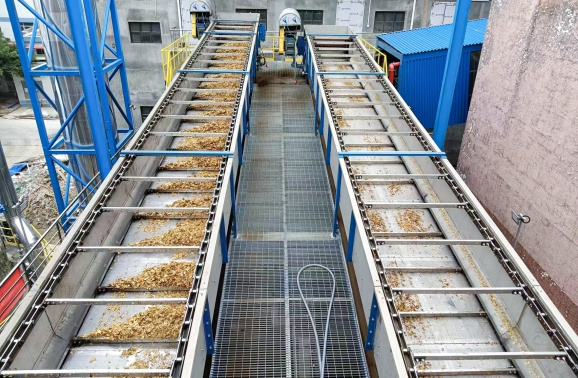
Rotary Screen
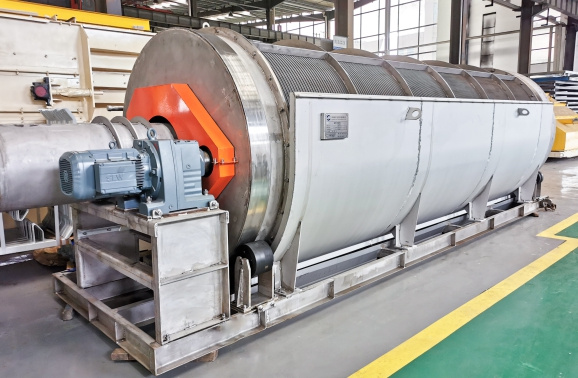
The chip washing and water circulation system is a crucial part of modern pulping production lines. It is primarily used for cleaning and purifying wood chips and enables the recycling of the wash water.
System Operation & Water Circulation Process
- Washing & Dewatering: Wood chips enter the washer, where they make full contact with water flow. Driven by the screw and under the classifying action of water, heavy impurities settle, while the chips float and are cleaned via counter-current flow with the purified water.
- The washed chips then enter a dewatering screw for water removal before being sent to the next process stage.
- Wastewater Collection & Preliminary Treatment: The effluent discharged from the washer and dewatering screw contains impurities like sand and fine wood particles. This wastewater first undergoes preliminary filtration through equipment such as an inclined screen or a rotating drum screen to separate larger suspended solids and coarse debris.
- Deep Purification: The preliminarily treated water flows into a settling basin, where finer particles are further removed via natural sedimentation or assisted methods (e.g., hydrocyclones).
- Subsequently, it may undergo fine filtration through equipment like precision filters to ensure water quality.
- Circulation & Reuse: The purified, clean water is collected in a circulation water tank. It is then pumped back to the chip washer by circulation pumps to be reused for washing chips, thereby forming a closed-loop circuit.
Core System Advantages
Implementing a chip washing and water circulation system offers pulping companies significant benefits across multiple areas:
Improved Pulp Quality & Production Stability: Washed chips reduce interfering factors in subsequent cooking, leading to more uniform chemical penetration and higher paper pulp quality. Simultaneously, the pre-removal of hard impurities like metals effectively protects downstream equipment and reduces failures.
Significant Environmental & Resource Benefits: The system drastically reduces fresh water consumption and wastewater discharge. Through multi-stage treatment, some advanced systems can achieve a wash water recycling rate of over 90%, aligning with clean production requirements.
Reduced Overall Operating Costs: Although requiring initial investment, the system optimizes operating costs in the long run by saving water, reducing wastewater treatment expenses, and lowering equipment maintenance frequency and chemical consumption.

